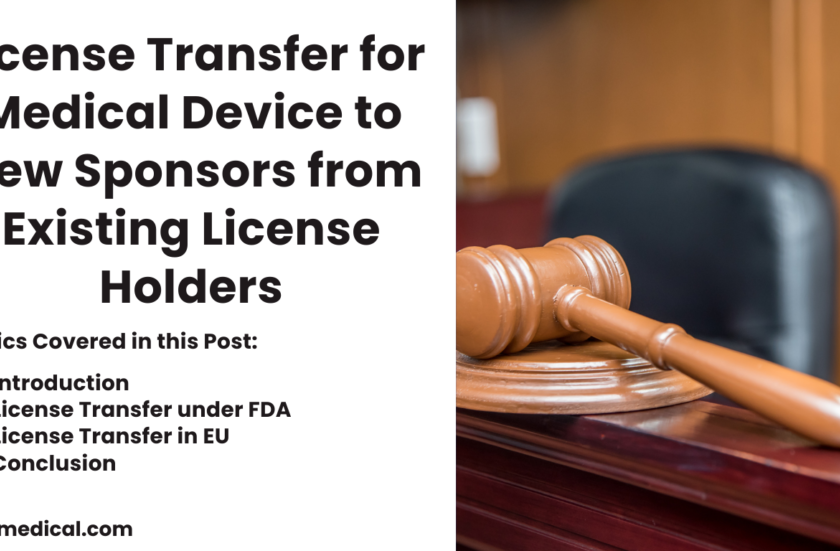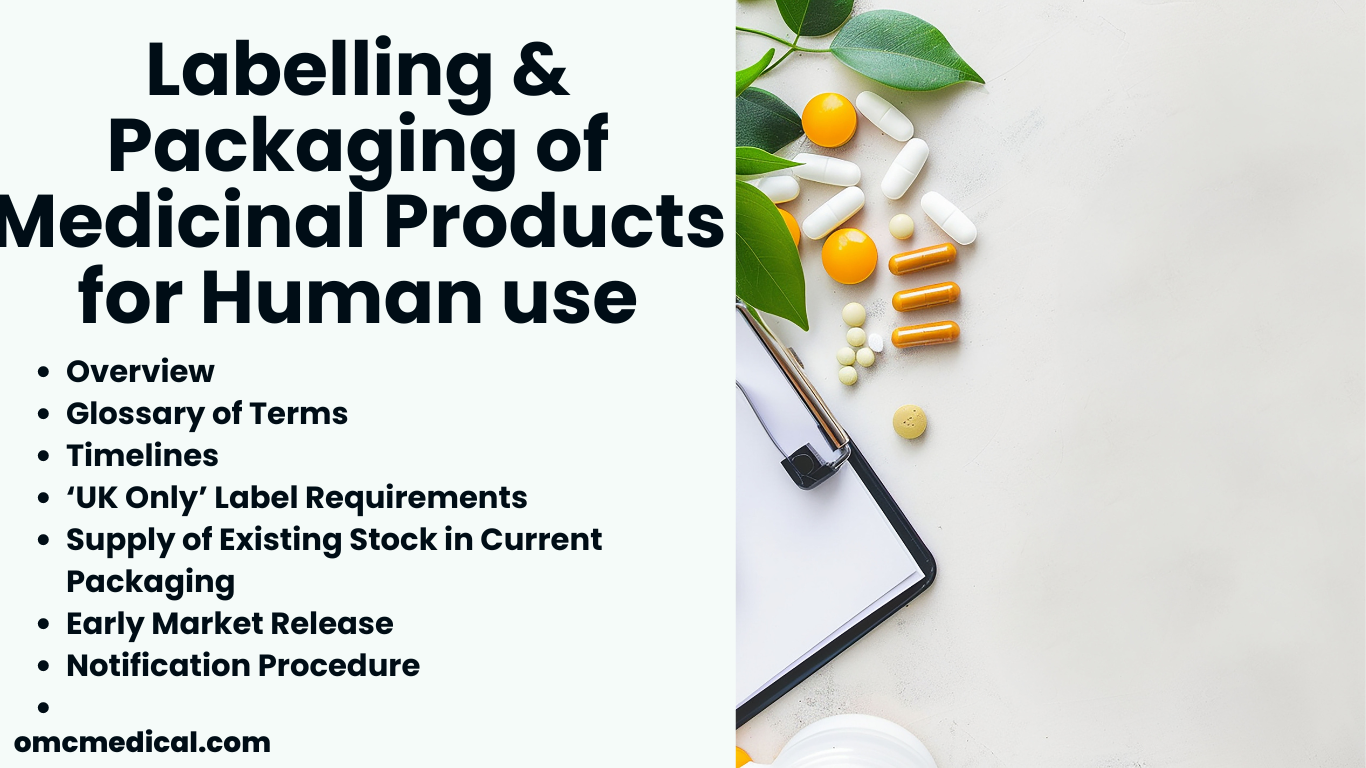License transfer for medical devices is a crucial aspect of the regulatory landscape governing the manufacturing and distribution of medical products. It allows existing license holders to transfer the rights to manufacture and market a specific medical device to a new sponsor or entity.
This process is essential for ensuring the continued availability and safety of medical devices in the market.
License transfer allows for the continued availability of medical devices in the market, even as ownership of the licenses changes hands. This ensures that patients have access to essential medical treatments without interruptions or delays.
Additionally, license transfer promotes innovation and competition in the medical device industry. Companies that acquire licenses for new devices can bring fresh perspectives, resources, and expertise to the development and marketing of these products.
This can lead to the introduction of new and improved medical devices that benefit patients and healthcare providers.
License Transfer under FDA
The regulation of medical devices is an important aspect of ensuring patient safety and the effectiveness of medical treatments. In the United States, the Food and Drug Administration (FDA) is responsible for regulating medical devices and ensuring that they meet certain safety and efficacy standards.
In order to bring a medical device to market, companies must obtain a license from the FDA, which allows them to manufacture, distribute, and sell the device.
When a company wishes to transfer a medical device license to a new sponsor, there are certain steps that must be followed to ensure that the transfer is conducted properly.
The FDA requires that the new sponsor submit a transfer request, along with documentation demonstrating their ability to comply with the terms of the existing license. Additionally, the new sponsor must pay a transfer fee to the FDA in order to complete the transfer process.
License Transfer in EU
The MDR represents a significant overhaul of the regulatory framework for medical devices in the EU, aiming to enhance patient safety and ensure the effectiveness and reliability of medical devices on the market.
As part of the MDR, the process of license transfer was introduced to enable the seamless transition of licenses from existing holders to new sponsors, thereby facilitating the continued availability of medical devices to patients across Europe.
Key figures in the development and implementation of the process of license transfer for medical devices in the EU include regulatory authorities such as the European Commission, the European Medicines Agency (EMA), and national competent authorities in EU member states.
These entities play a vital role in overseeing the regulatory requirements for license transfers and ensuring that new sponsors meet all necessary criteria for compliance with the MDR.
In addition, manufacturers, notified bodies, and other stakeholders in the medical device industry also play a crucial role in the process of license transfer, working together to ensure the safety and quality of medical devices on the market.
The process of license transfer enables greater flexibility for manufacturers and sponsors, allowing for changes in ownership without disrupting the availability of medical devices to patients.
This can facilitate innovation and investment in the medical device industry, leading to the development of new and improved products that can benefit patients and healthcare providers.
Transferring the license for a medical device to a new sponsor from an existing license holder in the European Union (EU) involves several steps to ensure compliance with EU regulations, particularly those outlined in the Medical Devices Regulation (MDR) or the In Vitro Diagnostic Medical Devices Regulation (IVDR), depending on the classification of the device.
Here’s a general outline of the process:
- Notification to Competent Authority: The current license holder (existing sponsor) must notify the competent authority in the EU member state where the device is placed on the market about the intended transfer of the license to the new sponsor. The competent authority varies depending on the country, for example, in Germany, it’s the Federal Institute for Drugs and Medical Devices (BfArM).
- Submission of Application by New Sponsor: The new sponsor must submit an application for the transfer of the license to the competent authority in accordance with the requirements of the relevant regulations (MDR or IVDR). The application typically includes information about the device, its intended use, manufacturing details, quality management system, and any other relevant documentation.
- Review and Evaluation by Competent Authority: The competent authority will review the application submitted by the new sponsor to ensure compliance with regulatory requirements. This review may involve assessing the conformity of the device with applicable standards, verifying the quality management system of the new sponsor, and evaluating the technical documentation.
- Approval of License Transfer: If the competent authority determines that the new sponsor meets all necessary requirements and that the transfer of the license will not compromise the safety or effectiveness of the medical device, they will approve the transfer.
- Notification to Notified Body (if applicable): If the device requires involvement of a notified body (e.g., for conformity assessment under MDR or IVDR), the new sponsor must also notify the notified body about the change in sponsorship. The notified body may need to update relevant certificates or conduct additional assessments as necessary.
- Notification to Economic Operators: Both the current and new sponsors must notify relevant economic operators, such as authorized representatives, importers, and distributors, about the change in sponsorship. This ensures that all stakeholders are aware of the new sponsorship and can update their records accordingly.
- Ongoing Regulatory Compliance: The new sponsor is responsible for ensuring ongoing regulatory compliance with EU regulations, including maintaining appropriate documentation, reporting adverse events, conducting post-market surveillance, and fulfilling any other regulatory obligations.
Regulatory agencies, such as the FDA, generally view license transfer as a necessary and beneficial process that ensures the continued availability and safety of medical devices.
These agencies work closely with industry stakeholders to facilitate the smooth transfer of licenses and to uphold high standards of quality and compliance.
In conclusion, license transfer for medical devices is a critical aspect of the regulatory framework governing the manufacturing and distribution of medical products. It has a significant impact on patient care, innovation, competition, and access to medical devices.
By exploring historical context, key figures, impact, influential individuals, perspectives, and future developments related to license transfer, we can gain a deeper understanding of this complex and dynamic field and work towards improving patient outcomes and healthcare delivery.







